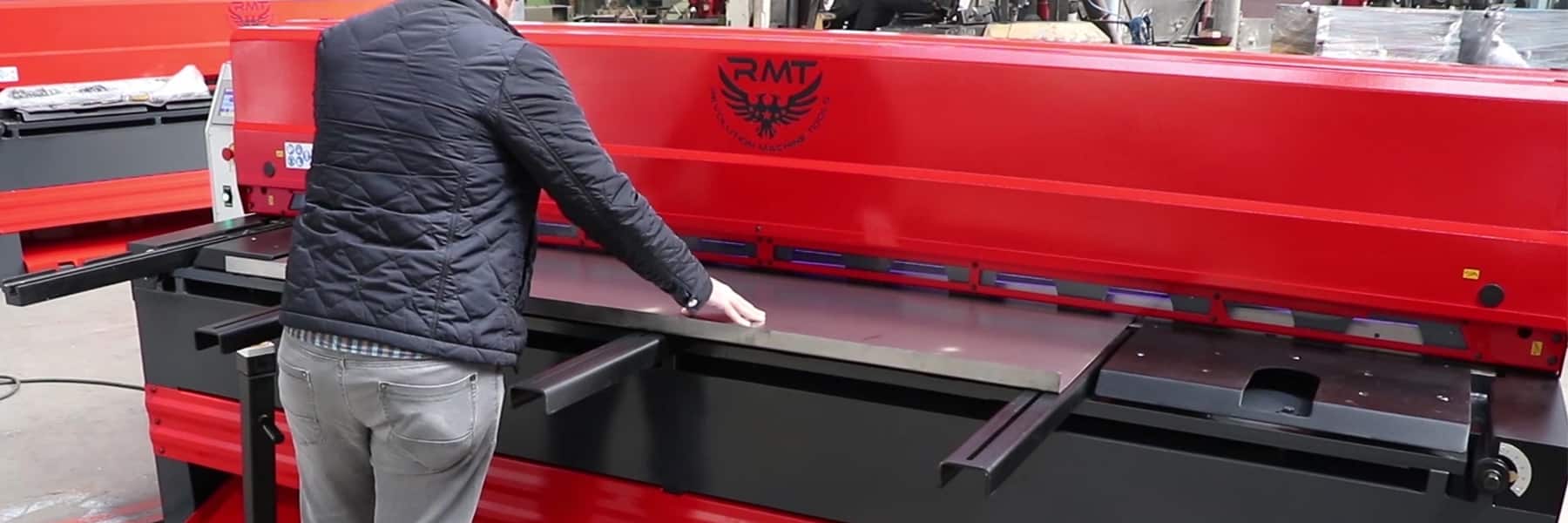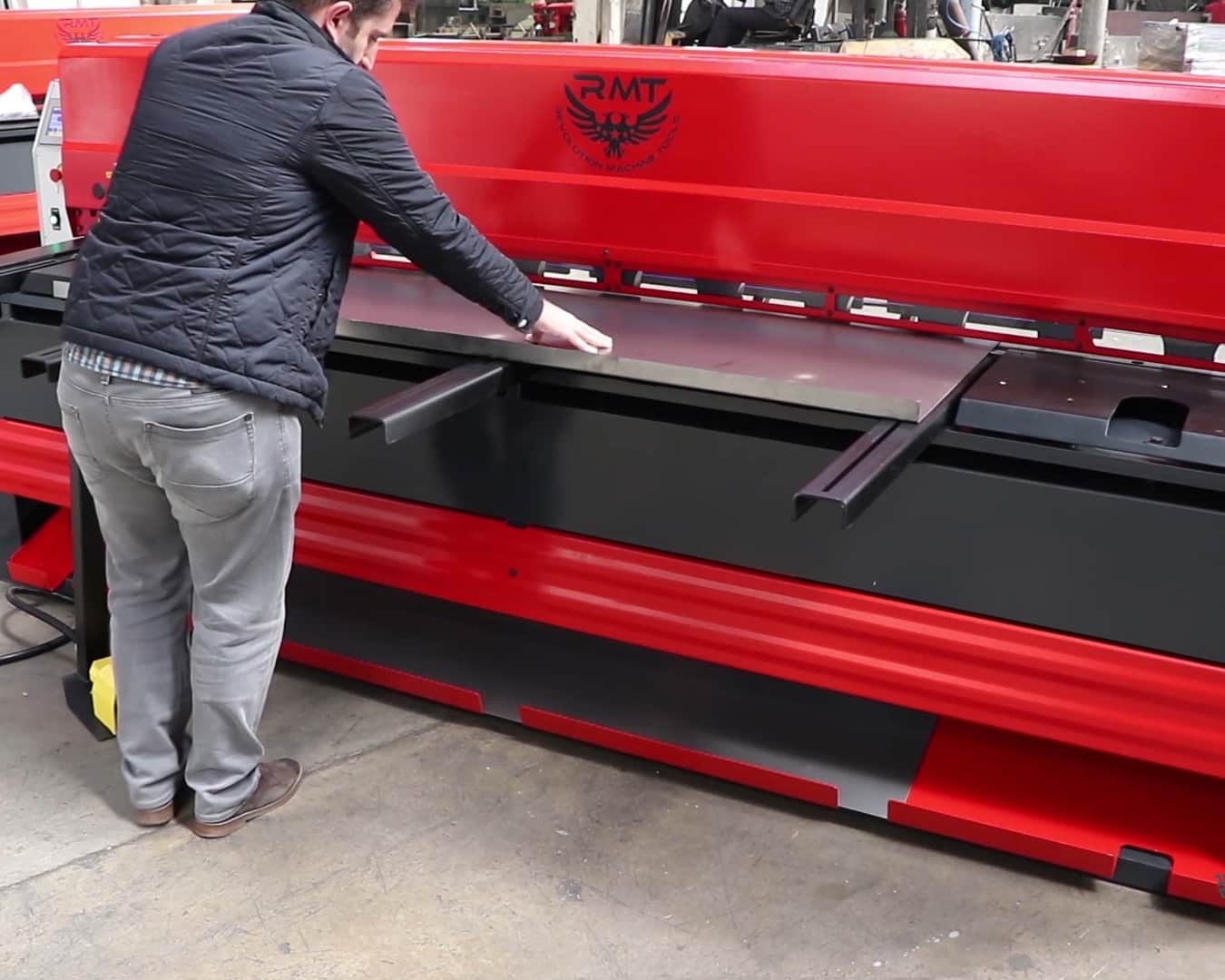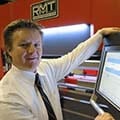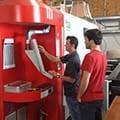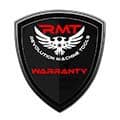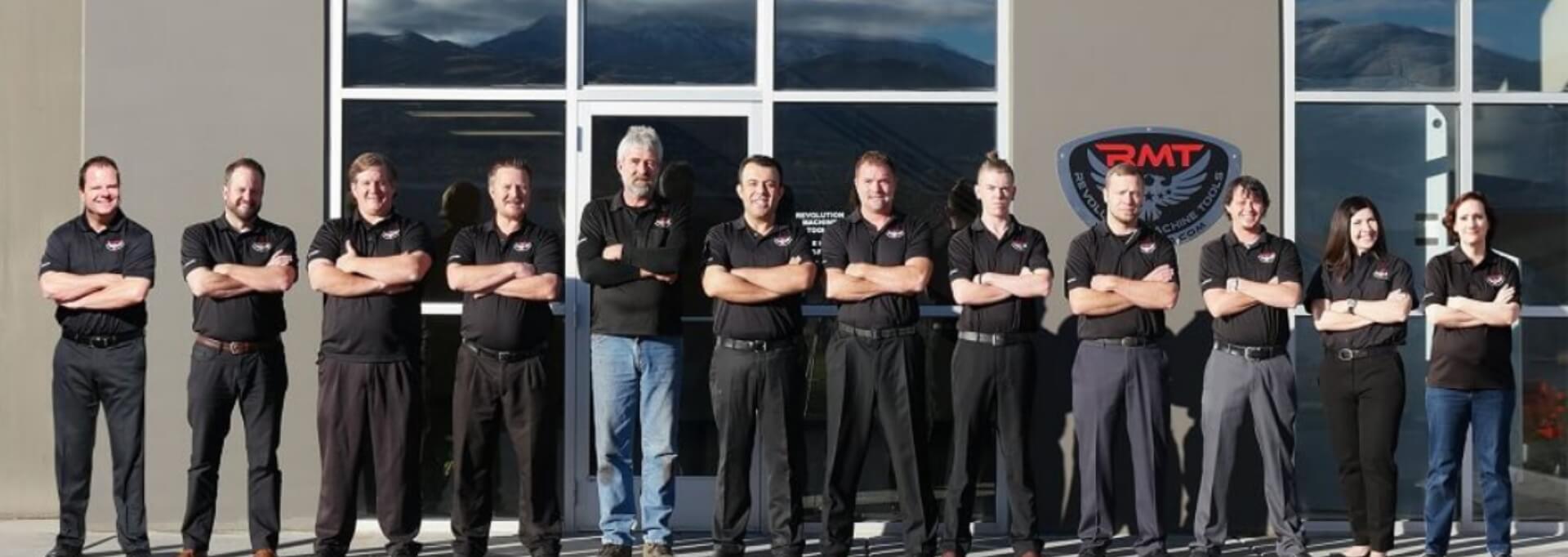The Consumable Contingency of Shear Blades
It doesn’t take a new metal fabrication shop owner very long to figure out that once all the machinery is purchased, his or her equipment investment is far from ended. Grease, filters, hydraulic oil, lasing gases—the list of consumables needing continual restocking goes on and on. Buying replacement tooling, as well as tooling in new configurations, is an ongoing project.
Then there are the blades, from the often-breaking bandsaw variety to the eventually dulling blades built for heavy-duty metal cutting shears. Unlike a saw blade, however, a shear blade is designed with a built-in contingency standing by for the time it eventually dulls—it has more than one cutting surface that can be used.
The rectangular upper and lower blades of a guillotine shear each have four cutting edges, one at each corner when viewed from the side. This allows each blade to be rotated and reused three additional times before the blade needs sharpening. (Note that the rhomboid shape of a swing beam shear upper blade only has two cutting edges, at the acute angle corners, though the rectangular lower blade still has four.)
How to Know When Your Shear Blades Are Getting Dull
Wondering if your shear blades need changing? As a time-honored phrase goes, “The proof is in the pudding.” The old proverb refers not only to checking recipes, but also to examining how effective something is by simply putting it to the test. If your shear blades used to cut clean and now don’t, then you might need to change them. Dull blades will tear the workpiece instead of properly shearing it, resulting in edges that are heavily burred, are work hardened, are “rolled,” or are otherwise deformed.
It is important to recognize that other factors can contribute to unsuitable workpiece edges, so these should be ruled out before changing the blade itself. Some of the factors are:
- Improper blade gap. The term “gap” refers to the clearance distance between the upper and lower blades when they pass each other during the cutting process. Blade gap is an available adjustment on most shears to allow them to be set to work with different types and thicknesses of material. If too much gap is present, damage to the material edge that resembles the harm caused by a dull blade can occur, such as being rolled over or having severe burring. If too little gap exists, the blades may get stuck in the workpiece mid-cut. Blade clearance is one of the most important settings on a shear, so be sure to consult the manual, mounted chart, or other information provided by the shear manufacturer to set the proper clearance for each material type and thickness being cut.
- Incorrect rake angle. While the angle of the blade—known as “rake angle”—can be increased to reduce the tonnage needed to shear thicker or harder metals, too much rake angle can result in a deformed workpiece. Rake angle may need to be reduced to avoid problems in the cut-off section of metal, such as bowing, where the ends curve up higher than the center, cambering, where the material stays flat but the ends curve away from the shear blade, or twisting, where the material “corkscrews” so that opposite corners are higher than the center.
- Malfunctioning hold-downs. If the workpiece is not securely held in place during the shearing process, deformities in the edges can result. Always make sure that the hold-downs are working properly, and that sufficient hold-down pressure is being applied.
Other factors can also play a role in a poorly sheared part, such as dirt or debris on the blade or material, trying to shear beyond the machine’s rated capacity, or having too much play in the shear’s ram.
Dealing with Dull Shear Blades
When you are certain that your shear blades are getting dull, one of three remedies can be taken:
- Rotate the shear blades. As mentioned, most shear blades are fabricated to have more than one cutting edge, so the first solution is to rotate the blade. Commonly called “flipping” or “turning” the blade, this process may require calling in outside service technicians to perform it safely and efficiently, and many fabrication machine maintenance facilities advertise blade flipping services. If you rotate your blades inhouse, be sure to follow all manufacturer guidelines for proper removal and remounting of the blades.
- Sharpen the shear blades. Once all the cutting edges of a blade have been dulled, the next step is to have the blade sharpened. While blades may be able to be ground and polished inhouse, this is usually a task that shops will hire others to implement. A professional sharpening facility will take pains to remove only enough metal from each blade to ensure sharp cutting edges, allowing the blade to be resharpened several times. If done by your own staff, there are several factors that need to be observed, such as maintaining the parallelism of the sides and not overheating the blade. Check information from the blade manufacturer for specific instructions.
- Replace the shear blades. Blades can only be sharpened a certain number of times before they reach the allowable minimum thickness and minimum width for use on your model of shear. Once the limits listed by the shear manufacturer have been reached, the blade will need to be replaced. If your machine provider has an internal parts and tooling department, it would be worthwhile to check with them first when pricing out replacement shear blades. They may offer a discount on high-quality blades knowing that it might help to keep your business when the time comes to buy a new shear.
When in Doubt, Call the Experts
If you have problems with your metal-cutting shear’s operation and aren’t certain of the cause, please give the machinery experts at Revolution Machine Tools a call. RMT’s fully staffed service and parts departments are happy to give a consultation over the phone to help diagnose the issue, and service techs are available to come to your location for a reasonable fee to fix any problems in person. Be sure to also ask about service maintenance plans that you can purchase to keep your shear running in top condition.
In addition, when it comes time to replace your shear—or any piece of metal fabrication equipment—the personnel at Revolution Machine Tools can provide an in-depth evaluation of your needs, based on current workflow and projected growth, and offer you a competitive quote for the perfect machine to keep your shop productive and profitable.
